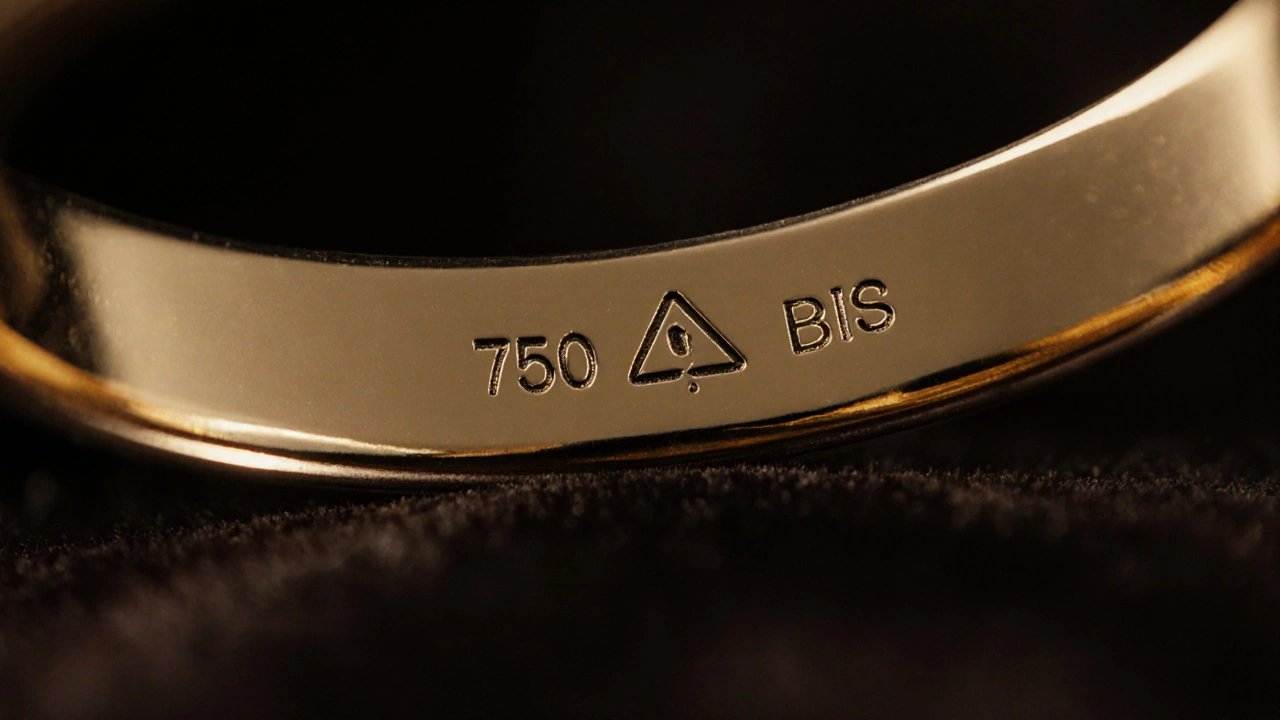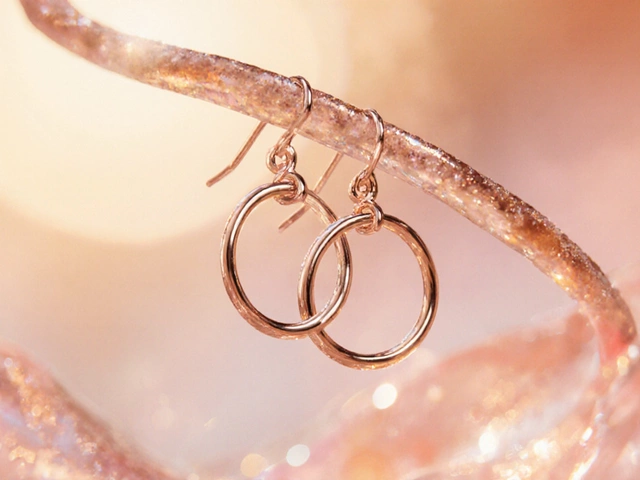Jewelry Markings – A Simple Guide to Hallmarks and Stamps
When talking about jewelry markings, the small symbols, numbers or letters stamped on a piece that tell you its metal purity, maker and legal compliance, you’re really looking at a language that every buyer and seller understands. Also known as hallmarks, these marks act like a passport for the piece, confirming if it’s genuine gold, silver or a mix. The most common hallmarks you’ll see in India are the 875 gold, meaning 21‑karat gold, and the 833 silver, indicating 83.3% pure silver. Both are backed by the BIS hallmark, the Bureau of Indian Standards stamp that guarantees the metal meets national quality rules.
Why Hallmarks Matter for Value and Trust
Jewelry markings encompass three key ideas: purity, origin and compliance. Purity tells you how much real metal is inside – a 916 stamp means 91.6% silver, while 22K means 22 parts gold out of 24. Origin points to the maker’s logo or location, which can boost resale if the brand is reputable (think Tiffany or local artisans). Compliance is the BIS stamp or other legal identifiers that protect you from fraud. Together these elements create a semantic triple: Jewelry markings require accurate testing tools (magnet, acid, weigh‑scale), and gold hallmark influences resale value. In practice, a piece with a clear 875 stamp and a valid BIS mark will fetch a higher price than an unmarked one, even if the design looks identical.
Most shoppers first wonder how to tell if a piece is real or cheap. The quick tests often mentioned in guides – magnet test, weight comparison, and looking for hallmarks – all rely on understanding what the markings represent. If a gold ring shows a magnet attraction, it’s likely plated rather than solid gold. Similarly, a silver item that lacks the 833 or 925 stamp could be alloyed with lower‑grade metal. Knowing what each hallmark looks like saves you time at the market and prevents you from overpaying. The 875 and 833 numbers are not random; they are international standards that let you instantly gauge purity without a lab.
Another layer comes from the cultural side of markings. In many Indian cities like Jaipur or Surat, local jewellers add a unique maker’s mark that collectors prize. Those marks become part of the piece’s story, linking it to a region famous for craftsmanship. When you see a combination of a regional symbol and a BIS hallmark, you’re getting both authenticity and heritage in one bite‑size code. This dual nature is why many articles in our collection discuss city‑specific buying tips alongside hallmark explanations – they’re tightly connected topics.
For anyone serious about building a jewellery box that holds its value, the rule of thumb is simple: always verify the hallmark before you buy, and keep a record of the stamp details. Write down the purity number, the BIS logo, and any maker’s symbol. When you later consider selling or insuring the piece, those details become proof of its worth. Our posts on gold purity (875), silver purity (833), and hallmark checking walk you through exactly how to capture that information and avoid common pitfalls.
Armed with this background, you’ll find the articles below much easier to digest. We’ve gathered guides on everything from decoding the 875 gold stamp to spotting cheap jewellery using magnet tests, plus deeper dives into how hallmarks affect resale value and regional buying strategies. Whether you’re a first‑time buyer, a seasoned collector, or just curious about the tiny symbols on your heirloom, the next section offers practical steps, real‑world examples, and actionable tips that build on the basics you’ve just learned. Explore the list and start mastering jewellery markings today.
Understanding the 750 Gold Hallmark on Jewelry
Learn what the 750 mark on jewelry means, how it reflects 18K gold purity, and how to verify authenticity with easy tests and hallmarks.





